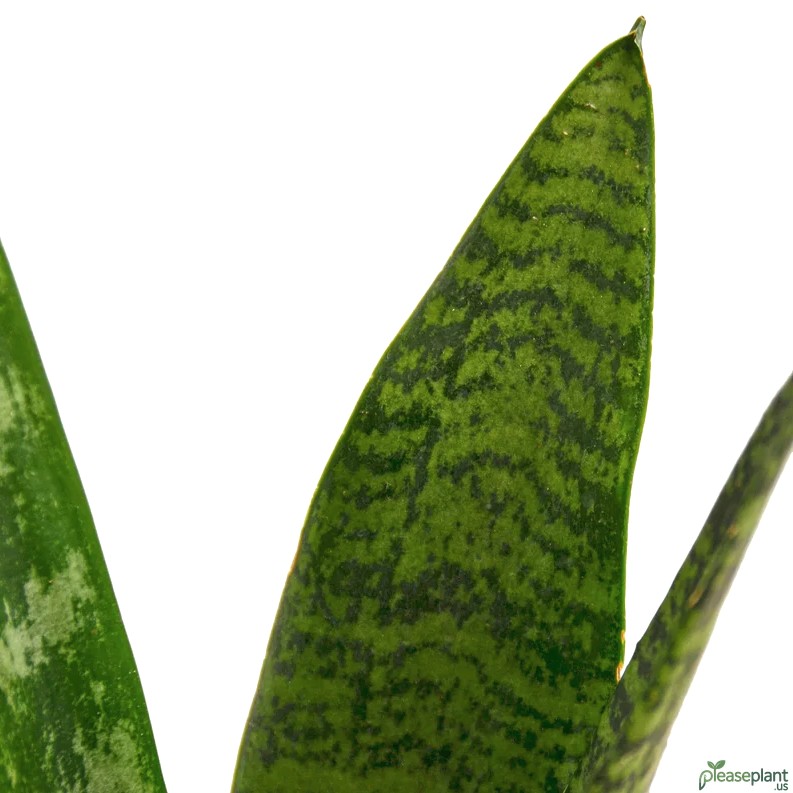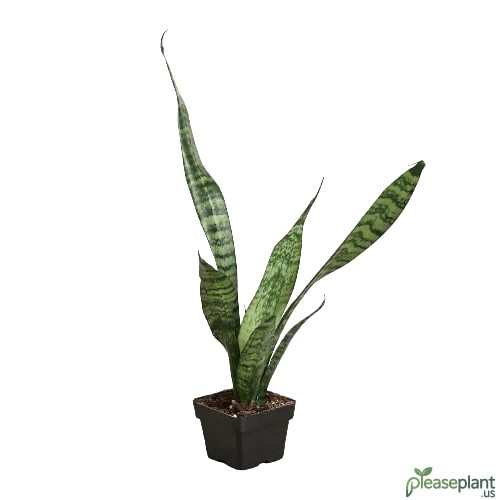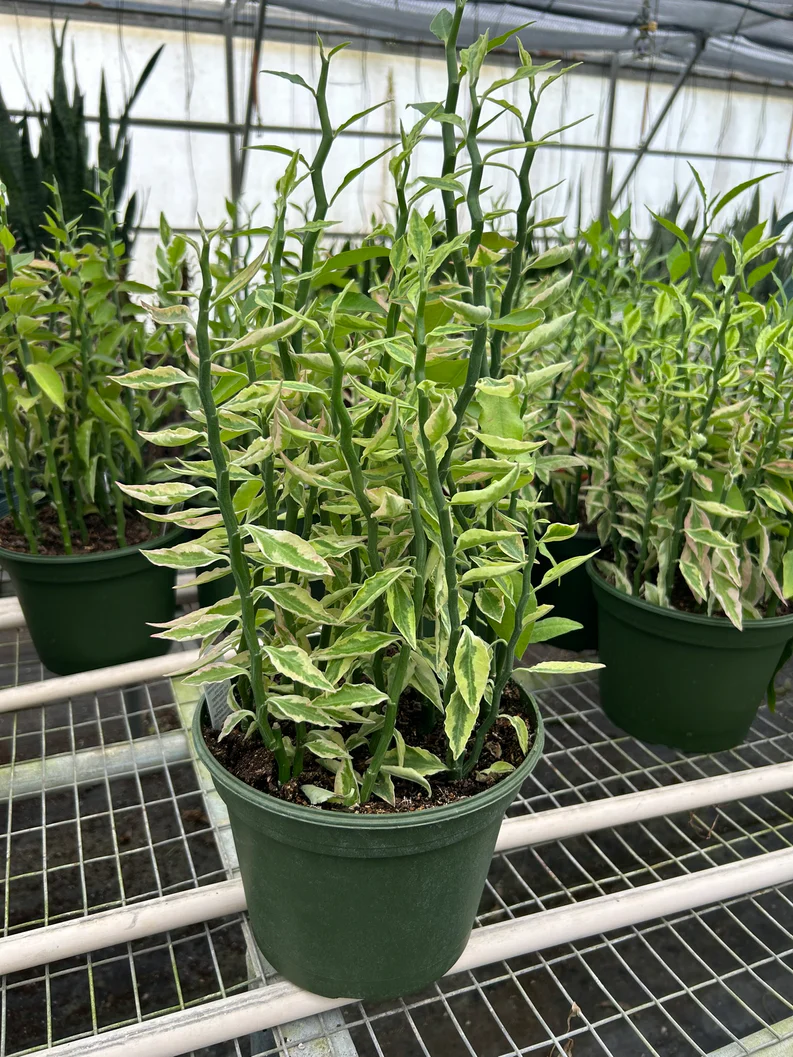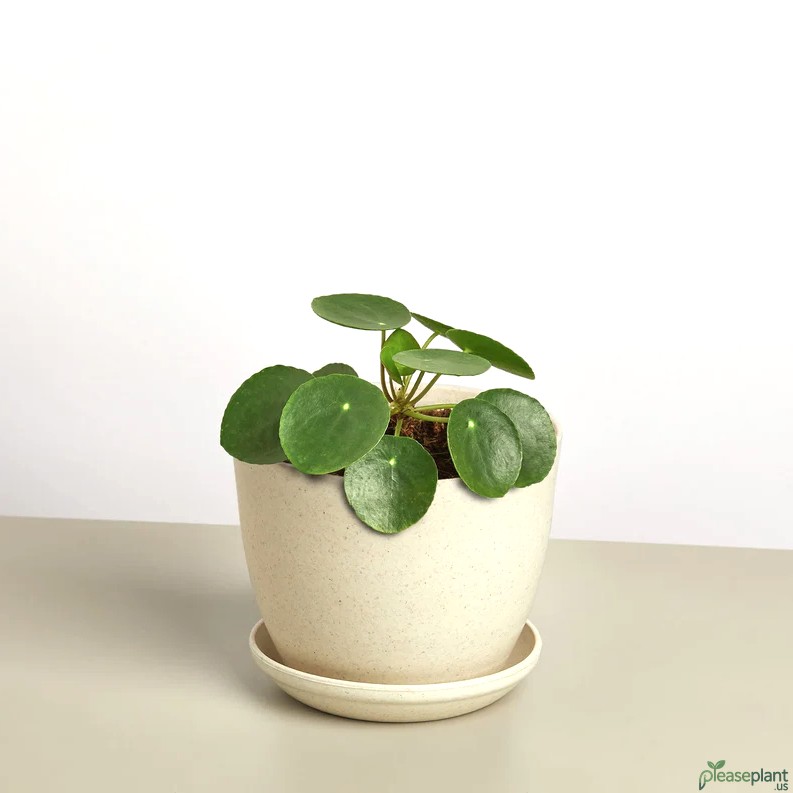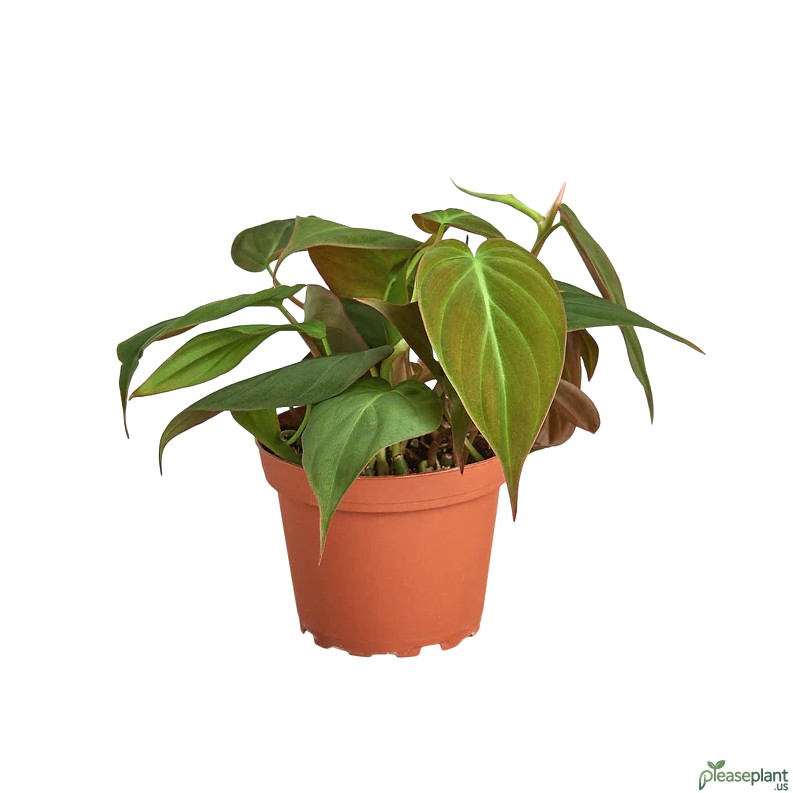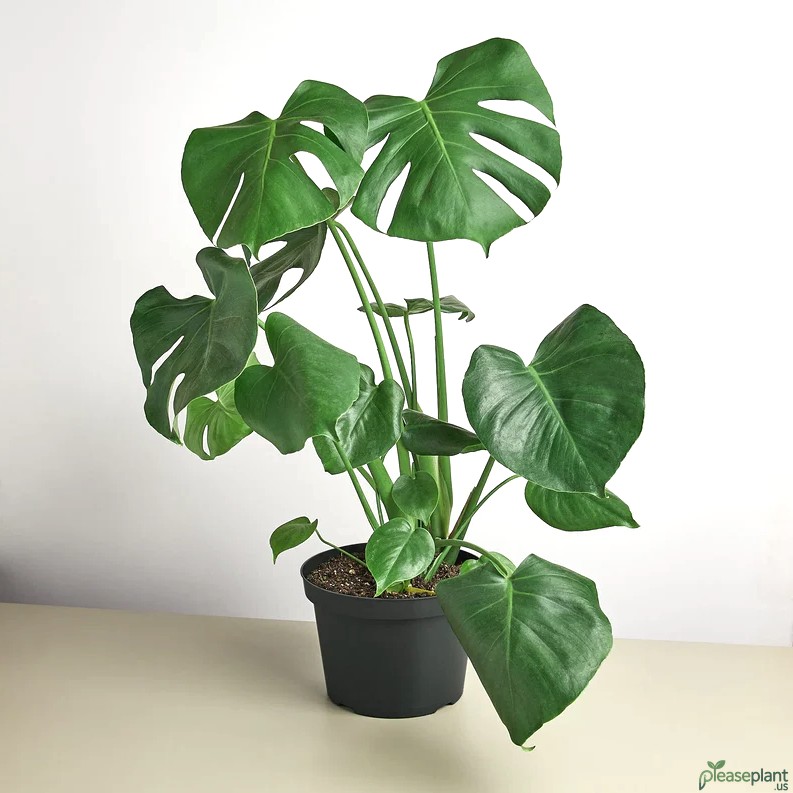Wondering how to tell the Snake Plant - Zeylanica apart from the Laurentii? This guide dives into their unique visual traits, from leaf patterns to colors, helping you spot the differences easily. Whether you're a beginner or seasoned plant lover, these tips will save you time and guesswork when picking your next indoor green buddy.
Let Me Tell You About Snake Plant Confusions
If you've ever wandered the aisles of a plant nursery or scrolled through online listings, you probably bumped into the common mix-up between the Snake Plant - Zeylanica and its cousin, the Laurentii. They're both popular, tough as nails, and frankly, look kinda similar if you don’t pay close attention. But hey, that's where I come in with some years of wrangling these green fellas in my garden.
visual differences That Actually Matter
First off, the Snake Plant - Zeylanica usually flaunts darker, more irregular stripes running horizontally across the leaves, giving it a wild, almost painted look. The leaves are shorter and stubbier than Laurentii’s, and the edges? They’re a solid dark green with no yellow border, which is a dead giveaway if you’re paying attention. Laurentii, on the other hand, loves its yellow trim, like it’s wearing a fancy suit with golden lapels. It’s all about that sharp contrast!
Size and Shape: Don’t Judge a Plant By Its Height
Zeylanica tends to be more compact and bushy, perfect for those cramped corners where you want a splash of green but no tall, looming leaves poking at your ceiling. Laurentii shoots for the stars, growing taller and straighter, almost like it’s trying to be the skyscraper of houseplants. So if you want a plant that’s less of a space hog, Zeylanica’s your pal.
leaf texture and Toughness
Here’s a little secret: Zeylanica's leaves are a tad more rigid and thick, which means they handle rough treatment better (hello, forgetful waterers and occasional knocks). Laurentii leaves are smoother and slightly more delicate, so if you’re clumsy or have curious pets, you might wanna keep that in mind.
Why Do These Differences Even Matter?
You might be asking, "Does it really matter? Aren’t they both just Snake Plants?" Well, yes and no. If you’re after a plant that screams low-maintenance but also has a dramatic visual pop without the yellow edges, Zeylanica wins. Plus, its sturdier leaves mean it’s less prone to damage. On the flip side, Laurentii adds brightness with its yellow borders, making it a showstopper in well-lit rooms.
My Personal Tip for Choosing
When I first started, I grabbed a Laurentii because it looked fancy. But over time, I realized Zeylanica was the real workhorse in my collection. It survived the occasional neglect, the odd pet nibble, and still looked fresh. If I were to pick just one, I’d go for Zeylanica every time. But hey, if you want that splash of yellow and have a bit more green thumb confidence, Laurentii’s stunning too.
Final Thoughts on Your Next Snake Plant
Whether you lean towards the bold stripes of the Snake Plant - Zeylanica or the sunny edges of Laurentii, both are fantastic additions to any indoor jungle. Just remember to check those little leaf details, and you'll never mix them up again, even after a few too many cups of coffee or a long day. Happy planting!

